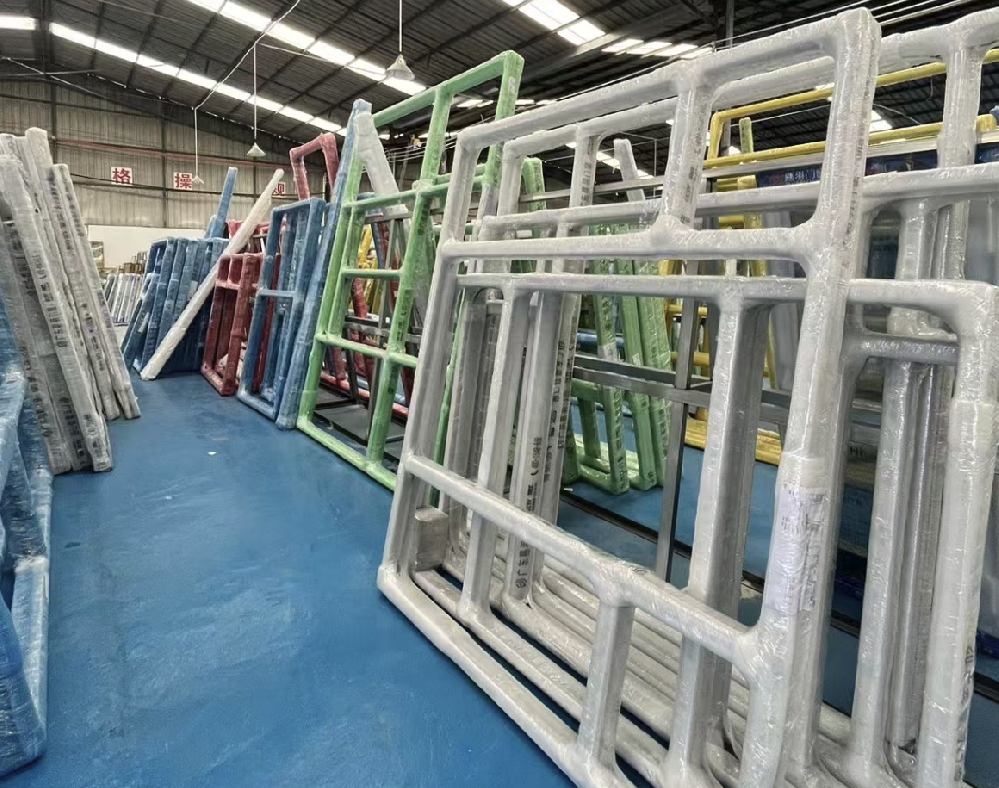
Release Time:2025-08-05 Page Views:66

Nowadays, many households opt for broken bridge aluminum windows. Those who replaced old wooden windows with broken bridge aluminum ones often notice a significant improvement in living comfort.
However, when choosing broken bridge aluminum windows, users face a dilemma: there are two opening styles—"casement" and "sliding." Which one should you pick?
How can you choose the right one for yourself?
Today, we’ll analyze the pros and cons of these two opening styles for you.
As the name suggests, sliding windows open by sliding up/down or left/right. Their first advantage over casement windows is space-saving. For example, in a small apartment where the window is too close to a table, a casement window might not open fully or could hit the table—making a sliding window the only viable option.
While sliding windows don’t take up indoor space, their sealing is poor, leading to potential air and water leakage.
This also means they don’t insulate sound or heat effectively, which is their biggest drawback.
Another downside is lower security. Since sliding windows rely on tracks to open, their opening mechanism is simple. If the lock breaks, someone could easily open the window with basic tools, posing a safety risk. Even with a working lock, the poor sealing often leaves gaps, allowing intruders to force the window open with minimal effort.
Additionally, sliding window tracks are a minor hassle. They can easily accumulate water, dust, debris, or sewage. Cleaning them requires water, but it’s easy to splash the window itself, making maintenance difficult.
However, sliding windows have merits: they open and close smoothly—no need to bend or stretch, just slide left or right, making operation very convenient.
They also don’t block indoor space or obstruct the view when seated, nor do they affect indoor lighting.
Sliding windows typically have larger glass areas, making rooms feel brighter and more spacious. Their design prioritizes enhancing the user’s spatial experience through the window.
Maintenance is simple too—just apply lubricant to the tracks regularly, keeping costs low.
Casement windows open by swinging (up/down or left/right). Their key advantage is superior sealing. Unlike sliding windows, which seal via tracks, casement windows use seals around the frame, resulting in much better tightness.
If you have high demands for window sealing, casement windows are a better choice.
Thanks to their tight seal, they insulate sound and heat effectively, blocking outdoor noise and cold air while retaining indoor warmth.
They also have strong wind resistance, rarely damaged by external wind or rain.
Casement windows are durable, with a lifespan of up to 30 years—why most users prefer them.
Moreover, they use hinges for opening, offering higher safety and impact resistance, less likely to be damaged by external force, thus enhancing security.
So, if safety is a top concern, casement windows are a solid option.
While sliding windows have lower overall cost-effectiveness, their potential advantages in specific scenarios shouldn’t be ignored.
First, in space-constrained areas or places with obstacles (e.g., balconies, kitchens, bathrooms), sliding windows offer more flexibility.
Second, in certain climates, they provide better ventilation. For instance, in high-humidity regions, sliding windows can reduce mold and odors caused by moisture.
In summary, both sliding and casement windows have pros and cons. Users should weigh their needs and circumstances:
- If space utilization and ventilation are priorities, consider sliding windows.
- If sealing and wind resistance matter more, casement windows are better.
The answer is subjective, depending on user needs and preferences. However, casement windows have better overall performance.
Regardless of your choice, align it with your needs and situation to ensure it serves you well.
A window’s performance isn’t determined solely by its opening style—it also depends on materials, frame design, sealing systems, insulation, wind resistance, etc.
Materials play a big role:
- Wooden windows are generally pricier than uPVC ones but excel in aesthetics and insulation, with good durability and stability.
- uPVC windows are cheaper, easier to maintain, and resist rot or rust.
- Aluminum windows offer strength and durability but are less insulating.
- uPVC windows, with their unique structure, insulate noise and heat to some extent but are prone to deformation and aging, especially in extreme climates.
Frame design is also crucial. Advanced frame technologies improve sealing and insulation while reducing air leakage and heat transfer.
Finally, high-quality sealing systems are vital—they prevent air and water penetration, boosting tightness and insulation.
When choosing a window, consider your needs, preferences, materials, design, and sealing systems to ensure it meets your requirements.
When selecting broken bridge aluminum windows, consider factors like opening style, materials, design, and sealing systems based on your needs and preferences.
Both sliding and casement windows have pros and cons—choose based on your situation to enhance living comfort and safety.
Casement windows, though more expensive, offer better performance: superior sound/heat insulation, wind resistance, and a longer lifespan.
Sliding windows are more flexible but lag in sealing and security, with issues like water accumulation and dirt buildup.
Overall, weigh your practical needs and factors to pick the best window for you.